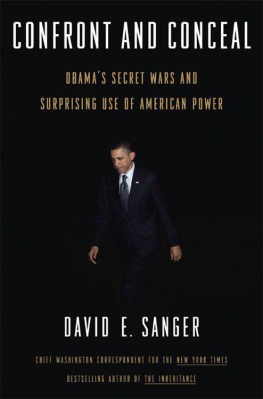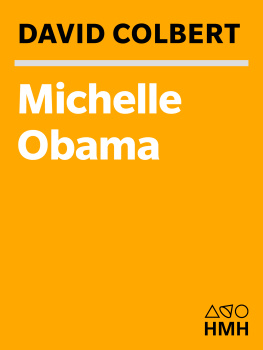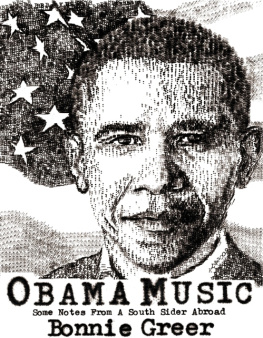David E. Sanger - Confront and Conceal: Obamas Secret Wars and Surprising Use of American Power
Here you can read online David E. Sanger - Confront and Conceal: Obamas Secret Wars and Surprising Use of American Power full text of the book (entire story) in english for free. Download pdf and epub, get meaning, cover and reviews about this ebook. year: 2012, publisher: Crown, genre: Politics. Description of the work, (preface) as well as reviews are available. Best literature library LitArk.com created for fans of good reading and offers a wide selection of genres:
Romance novel
Science fiction
Adventure
Detective
Science
History
Home and family
Prose
Art
Politics
Computer
Non-fiction
Religion
Business
Children
Humor
Choose a favorite category and find really read worthwhile books. Enjoy immersion in the world of imagination, feel the emotions of the characters or learn something new for yourself, make an fascinating discovery.
- Book:Confront and Conceal: Obamas Secret Wars and Surprising Use of American Power
- Author:
- Publisher:Crown
- Genre:
- Year:2012
- Rating:3 / 5
- Favourites:Add to favourites
- Your mark:
Confront and Conceal: Obamas Secret Wars and Surprising Use of American Power: summary, description and annotation
We offer to read an annotation, description, summary or preface (depends on what the author of the book "Confront and Conceal: Obamas Secret Wars and Surprising Use of American Power" wrote himself). If you haven't found the necessary information about the book — write in the comments, we will try to find it.
FROM THE BESTSELLING AUTHOR OFTHE INHERITANCE, A REVEALING AND NEWS-BREAKING ACCOUNT OF OBAMAS AGGRESSIVE USE OF INNOVATIVE WEAPONS AND NEW TOOLS OF AMERICAN POWER TO MANAGE A RAPIDLY SHIFTING WORLD OF GLOBAL THREATS AND CHALLENGES
Inside the White House Situation Room, the newly elected Barack Obama immerses himself in the details of a remarkable new American capability to launch cyberwar against Iranand escalates covert operations to delay the day when the mullahs could obtain a nuclear weapon. Over the next three years Obama accelerates drone attacks as an alternative to putting troops on the ground in Pakistan, and becomes increasingly reliant on the Special Forces, whose hunting of al-Qaeda illuminates the path out of an unwinnable war in Afghanistan.
Confront and Conceal provides readers with a picture of an administration that came to office with the world on fire. It takes them into the Situation Room debate over how to undermine Irans program while simultaneously trying to prevent Israel from taking military action that could plunge the region into another war. It dissects how the bin Laden raid worsened the dysfunctional relationship with Pakistan. And it traces how Obamas early idealism about fighting a war of necessity in Afghanistan quickly turned to fatigue and frustration.
One of the most trusted and acclaimed national security correspondents in the country, David Sanger of the New York Times takes readers deep inside the Obama administrations most perilous decisions: The president dispatches an emergency search team to the Gulf when the White House briefly fears the Taliban may have obtained the Bomb, but he rejects a plan in late 2011 to send in Special Forces to recover a stealth drone that went down in Iran. Obama overrules his advisers and takes the riskiest path in killing Osama bin Laden, and ignores their advice when he helps oust Hosni Mubarak from the presidency of Egypt.
The surprise is his aggressiveness, a key ambassador who works closely with Obama reports.
Yet the president has also pivoted American foreign policy away from the attritional wars of the past decade, attempting to preserve Americas influence with a lighter, defter touchall while focusing on a new era of diplomacy in Asia and reconfiguring Americas role during a time of economic turmoil and austerity.
As the world seeks to understand whether there is an Obama Doctrine, Confront and Conceal is a fascinating, unflinching account of these complex years, in which the president and his administration have found themselves struggling to stay ahead in a world where power is diffuse and Americas ability to exert control grows ever more elusive.
David E. Sanger: author's other books
Who wrote Confront and Conceal: Obamas Secret Wars and Surprising Use of American Power? Find out the surname, the name of the author of the book and a list of all author's works by series.







